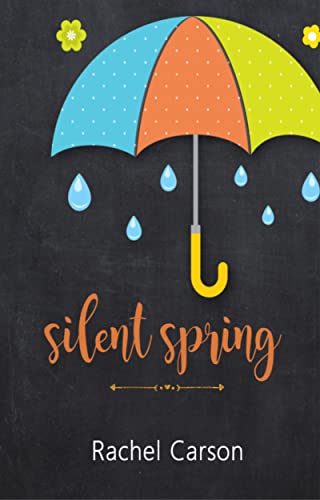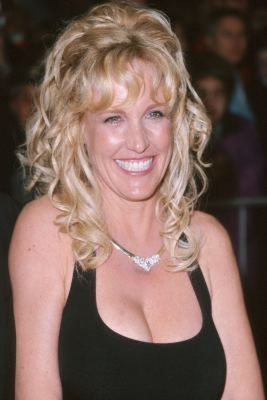Keywords: Toxic Beauty, beauty industry, health effects, consumer awareness, Johnson & Johnson, class-action lawsuit
Introduction:
Released in 2018, the documentary "Toxic Beauty", directed by Phyllis Ellis, is an eye-opening exploration of the potentially harmful effects of the beauty industry on our health. The significance of this documentary lies in the current global consumption of beauty products and the lack of regulation and transparency in the industry.
Synopsis:
"Toxic Beauty" follows the journey of women involved in a class-action lawsuit against Johnson & Johnson, accusing the multinational corporation of knowingly selling harmful products. The documentary reveals concerning links between beauty products and various health issues, from hormonal disruption and ADHD to low sperm count and developmental delays in children.
More film analysis
Analysis:
"Toxic Beauty" employs an investigative approach, using personal stories, scientific research, and legal proceedings to explore the issue. The documentary presents a well-researched and in-depth exploration of the topic, revealing the hidden dangers lurking in everyday beauty products.
Historical and Factual Context:
The beauty industry has a history of using potentially harmful ingredients in their products. However, the issue has gained prominence in recent years due to increased consumer awareness and high-profile lawsuits, such as the one featured in "Toxic Beauty".
Key themes in the film:
- The lack of regulation in the beauty industry
- The power of litigation in demanding corporate accountability
- The need for consumer awareness and informed choices
Film Comparisons:
Unlike other documentaries on iWonder, "Toxic Beauty" sets itself apart by focusing on a specific legal case.
Noteworthy Moments:
An impactful moment in the documentary is when it is revealed that Johnson & Johnson had known about the potential risks of their products but chose to ignore them.
Reviews:
"Toxic Beauty" received positive reviews for its thorough investigation and compelling narrative. "A potent and crucial wakeup call," said The Hollywood Reporter.
Conclusion:
"Toxic Beauty" is a must-watch for anyone who uses beauty products. It not only sheds light on an important issue but also empowers viewers to make informed choices.

More film information
Awards: 1 win & 2 nominations: International Emmy Awards, Canadian Screen Awards
PERSONALITIES:
Phyllis Ellis: Director of the documentary
Deane Berg: Plaintiff in the Johnson & Johnson lawsuit
LOCATIONS:
USA: Courtrooms where the lawsuit took place
Links for further exploration
- Environmental Working Group's Skin Deep Database: https://www.ewg.org/skindeep/
- Campaign for Safe Cosmetics: http://www.safecosmetics.org/
Key Questions Raised by the Film:
What role can litigation play in holding corporations accountable?
I wonder what the film would be in another art form:



Book: "Silent Spring" by Rachel Carson - both raise awareness about the harmful effects of everyday products.
Song: "Man in the Mirror" by Michael Jackson - both encourage individuals to make a change.
Art: Picasso's "Guernica" - both depict the harsh realities of suffering.
Celebrity: Erin Brockovich - both are advocates for consumer rights and corporate accountability.
Colour: Red - symbolising danger and the need for caution.
Music Style: Punk rock - both challenge the status quo and demand change.









